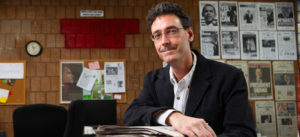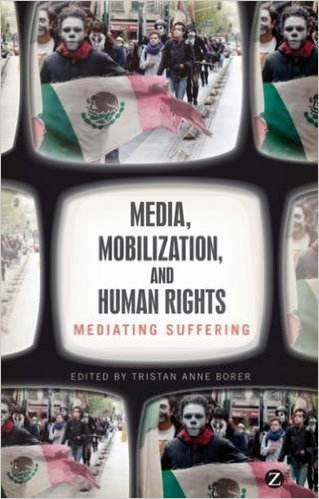Reflections and recommendations from the adviser of the college newspaper that published what the Daily Beast described as ‘the most racist front page in America’
By Shawn W. Murphy
SUNY Plattsburgh
I took one look at the paper and my heart sank. I sighed. I knew this would understandably hurt feelings and upset readers. I did not predict, though, that it would yield a Daily Beast article titled “College Paper Prints The Most Racist Front Page in America.” Once this article was published online, the clickbait medium, along with social media, immediately drew attention to what had happened on our campus. Oct. 23, 2015, would have been like any other Friday morning during the academic year, in which I, as faculty adviser to the student-run newspaper Cardinal Points, read and mark up the hot-of-the-presses issue in preparation for my Monday night post-publication critique delivered to the entire staff, except on that morning there were a slew of emails in my inbox and messages on my phone.

I did not know about the firestorm that was to come. I did not know that there would be many more email and phone messages from regional and national reporters who wanted to interview me and the student-editors. I did not know about the hate emails that the students on staff and I would receive from people on and off campus. I did not know that administrators and faculty – including journalism professors in my own department – would come down so hard on the newspaper, its student staff, and me. I did not know that I would witness student-editors in utter anguish and tears about the backlash for what the felt was a one-time mistake in the production process, not a malicious act of racism. And I did not know how lonely and difficult it would be to defend students’ First Amendment rights and explain what my professional organization, College Media Association, considers to be a legally and ethically sound best practice for a newspaper adviser – the post-publication critique without mandatory prior review.
This article for College Media Review marks the first time I have spoken publicly about what happened. I did not speak with any of the local, regional and national reporters who asked to interview me for a quick sound-bite quote to drop into a story they had already written. And it was suggested to me that I channel interview requests to the college’s director of marketing and communications. Instead, I wanted to tell the whole story under my own terms and in my own words; after all, there was no one closer to it than me and the student-editors. I wanted to let enough time pass so that emotions could subside, then explain how it all went down. In doing so, I would explain how this situation came to be; examine what have been the ramifications for the college, the department, the newspaper, its student-editors, and me as the adviser; outline what structural measures Cardinal Points have taken in the aftermath to regain trust and credibility; and offer advice to my advising colleagues across North America.
This is a cautionary tale to other advisers at public colleges. Continue reading “A cautionary tale of a coverage firestorm”


